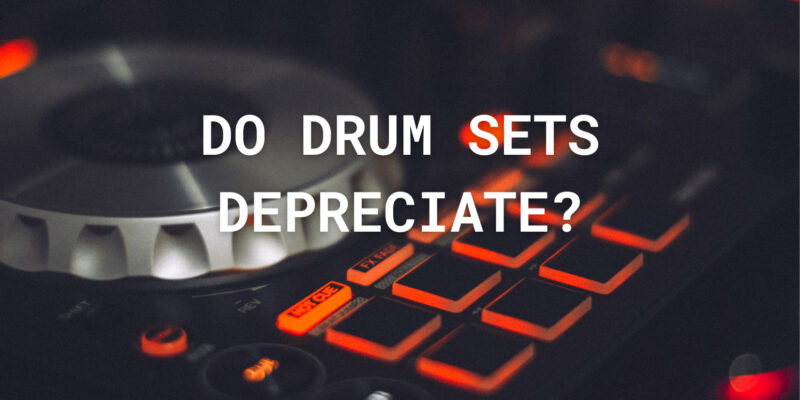When considering an investment in musical instruments, one often thinks of the potential appreciation in value over time. However, like many other assets, musical instruments, including drum sets, can also depreciate in value. In this article, we’ll explore the factors that can lead to the depreciation of drum sets and provide insights into how you can mitigate these risks.
- Quality and Condition
The most significant factor influencing the depreciation of a drum set is its quality and condition. Low-quality drum sets or those that have suffered damage, wear, or neglect tend to depreciate faster and to a greater extent. A drum set that has been well-crafted, maintained, and kept in excellent condition is more likely to retain its value or even appreciate over time.
To avoid depreciation due to condition issues, it’s crucial to invest in a high-quality drum set from a reputable manufacturer and regularly maintain and care for it. Proper cleaning, tuning, and storage can help preserve the instrument’s value.
- Brand and Model
The brand and model of a drum set also play a significant role in determining its depreciation rate. Drum sets from well-established and respected manufacturers tend to hold their value better than those from lesser-known brands. Popular models that are widely used by professional drummers may even appreciate in value, especially if they become vintage or collectible over time.
When investing in a drum set, research the reputation of the manufacturer and the specific model you are interested in. High-quality, sought-after drum sets are more likely to maintain their value or see increases in value over time.
- Market Trends and Demand
The drum market, like any other market, is subject to trends and fluctuations in demand. Some drum sets may experience depreciation due to shifts in musical preferences or advancements in technology. For example, vintage drum sets from a particular era may be highly sought after and appreciate in value, while modern drum sets with similar features may not hold their value as well.
To mitigate the risk of depreciation due to market trends, it’s essential to stay informed about the drum industry and monitor changes in demand and popularity. Consider diversifying your drum collection with a mix of classic, vintage, and modern drum sets to spread the risk.
- Rarity and Historical Significance
Drum sets that have rarity or historical significance can defy depreciation trends and appreciate significantly in value. Vintage drum sets used by famous drummers or associated with iconic performances often command high prices among collectors and enthusiasts.
If you come across a drum set with a unique history or provenance, it may be worth considering as an investment. However, authenticating and valuing such instruments can be challenging, so expert guidance and documentation are crucial.
Conclusion
In summary, drum sets, like many other assets, can depreciate in value, but the extent of depreciation depends on various factors. Quality, condition, brand, model, market trends, and rarity all play crucial roles in determining whether a drum set will maintain its value, appreciate, or depreciate over time.
Investing in a high-quality drum set from a reputable manufacturer, maintaining it meticulously, and staying informed about the drum market can help mitigate depreciation risks. Additionally, considering the historical significance or uniqueness of a drum set can potentially lead to a more favorable investment outcome. Ultimately, whether a drum set appreciates or depreciates depends on a combination of these factors and the broader market dynamics in the world of music and collecting.


